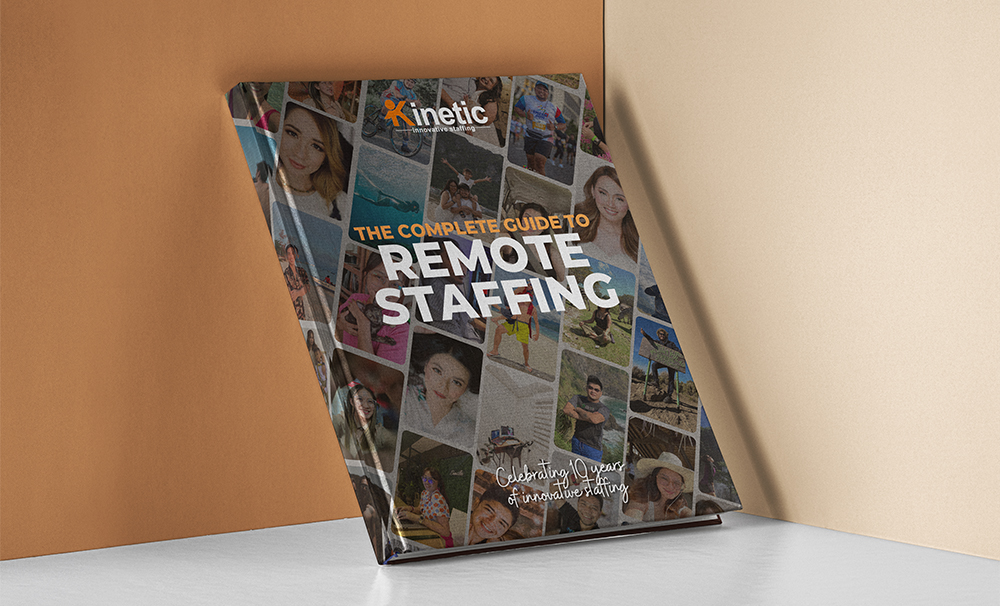Cash is king.
It’s the lifeblood of any venture, and as an entrepreneur, you need funds to start, operate, and expand a business. And if investors are not falling over themselves offering you money, chances are you’re going to have to ask for it. You’re going to have to persuade investors to part with their money to bet on you and your business.
So, how do you do that?
Read on.
The Marks of a Killer Presentation
1) It’s simple.
No matter what the business is, you can be selling knick-knacks online or introducing the world to breakthrough technology, its presentation should be simple.
Many entrepreneurs think that to convince someone to invest, they need to “Wow” people into submission. So they end up with very long, very complicated presentations that leave listeners dazed and confused.
In their drive to prove the viability of the business, they throw in a mountain of data that goes over the head of anyone who doesn’t have a Mathematics degree.
You don’t need to “Wow” people, (and seasoned investors are rarely ever wowed), you only need to make them “believe” in the business.
You’re better off giving a simple presentation that your listeners can easily follow. You can’t persuade someone into action if they’re still trying to figure out what you mean exactly by “ideation” and “growth hacking.”
Help your listeners grasp the whole message by making it as easy for them as possible.
This simplicity mantra refers to everything related to your presentation—from the words you use to the slides you show. Everything should be streamlined and easy on the eyes
But don’t mistake “simple” to mean “boring.” They are not the same thing.
2) It has Excitement & Energy.
No two ways about it, but the best presentations are the ones where the person giving them is genuinely excited about what he or she is talking about.
Your presentation will rise and fall on the energy you have while giving it.
If you are genuinely excited about the future of your business, this will leak out any chance it gets. It can be heard in your voice, preventing that monotonic drone that has killed many a presentation. It can be seen in your gestures, in how your eyes light up when you talk about prospects, plans and potential.

Emotions are contagious and you will pass on that excitement to your investors, putting you closer to your goal.
Investors want to see that the guy they are betting on is eager to do the job, excited for the industry, and thrilled about the product.
In an interview many years back, Warren Buffet, a man who’s heard his fair share of presentations, said that he is looking for people who give the impression that they adore the business. Because they will put in the hours needed to succeed. These will be first through the door in the morning and at the end of the day, the last one out. They will also take care of the team. That’s the kind of person Buffet is investing in.
“But I’m not normally the excitable kind. How do I attract investors to my thing?”
Find areas where you can genuinely be excited about:
Are you offering a unique, out-of-the-box solution?
Are you tapping into an underserved market segment?
Are indicators pointing to your industry becoming very big in the future?
Are you one of the first to claim your stakes in a new industry?
Did you just assemble a great team?
Does your brand or business have something that competitors don’t?
There will always be something to be excited or psyched about. This is very important because if you’re not sold on your thing, then neither will the folks listening to you.
3) It tells a story or two.
Again, simple is not boring. It’s not just about energy and excitement, it’s also about tales, narratives and anecdotes.
If your presentation doesn’t have a story or two, then don’t give the presentation at all.
Your would-be investors are aching for stories, testimonials, and narratives. By not focusing on them, you’re missing out on some of the most potent potions in getting investors engaged. The human brain is wired for a story, and by including a couple of well-rehearsed tales in your presentation, you up the chances of conversion.
There are many points where you can employ a good narrative. Tell the story about how the business started. How did you come up with your startup idea? Share a customer anecdote, of how your product or service has helped people.
Instead of pontificating on the merits of your product, parading its features one by one, why don’t you fictionalize a situation where your product can come and save the day?
Instead of a graph showing the growing gap between you and your competitors, tell the story of a friend (working for a competitor), how they always talk about your brand in their meetings, and how they are starting to panic.
Make things more vivid. Tell a story and you will be holding interest and attention for longer. You will also make it memorable—for when the investors try to make that decision.
4) It talks about THEIR interests.
Investors are not angels.
They’re businessmen looking to make their money work for them. Don’t be too obsessed with your product or service that you forget the three most important letters to investors: R.O.I. (Return on Investment).
Yeah, you have a cool, new product or a much-needed service. But that just takes your listeners to the level of “customer.” You need to turn them into “investors” of the business.
Why would they want a piece of this business? What’s the R.O.I. picture like?
You need to spell this out very clearly for them. Answer the “When” and “How” elements.
“How” is the business going to make money? Take them by the hand and show them how the money will flow into the till. “When” do they get their money back or when do they start earning? Here, you can bring out some simple figures, broad dates and estimates.
Prove that this is an opportunity for them. Proving the ROI is key to the funding decision.
How To Handle Objections
You’ve said your piece, quite satisfied with yourself, thinking it would only be a matter of time before you laugh your way to the bank. But then the investor said, “Thank you for the presentation. But to be honest, I don’t think this kind of demand is sustainable.”
This is an objection, and it stands in the way of you getting your capital. You need to handle objections artfully and neutralize their effect.
So, how do you do that?
Here are the 3 A’s of Handling Objections:
1) Anticipate
If possible, have them listed and written down on a piece of paper.
What are the possible investor objections to your business?
“I don’t think this product will sell.”
“You’re asking too much.”
“ROI takes too long.”
“This is too much of a risk for me.”
Having them listed removes much of the shock when you encounter them in presentations. Also, by listing them, you can make sure that you strike them down, one by one, in the presentation itself.
It’s best not to get the question at all and deal with investor concerns early on. Objections are worry worms. If you wait too long before addressing them, your listeners might be too preoccupied to listen to your pitch or worse, too closed to even give you a chance. So address them in the presentation as soon as possible.
Your list objections will also help you with the next two A’s.
2) Agree
Never directly contradict the speaker and say, “Nope, you’re wrong. The demand is sustainable and the industry is big enough.” This only puts you in an adversarial stance with the person.
Take the diplomatic route and acknowledge and agree with the comment. This makes the investor feel heard and puts you on the same side as him, as an ally.
Consider all objections and concerns as valid, and it would do you a disservice if you become defensive and throw shade on the concerns of future investors.
Go beyond just agreeing. Make them feel that you’re actually aware of the concern. (This is where listing the objections comes in handy.)
“I’m really glad you pointed that out. I was thinking of the same thing when we first started. So the team looked into this issue…”
Here’s the last of the A’s…
3) Add
After neutralizing the objection by agreeing to it, melt the opposition by adding information.
Instead of arguing, you get a chance to further explain. Think of objections as veiled requests for information. The investor is worried about something. You assuage that concern by supplying a bit of information.
“I’m really glad you pointed that out. I was thinking of the same thing when we first started. So the team looked into it…and we learned that there are actually multiple expansion possibilities for the business, several of them low-hanging fruits and with huge potential. And according to XDelta Research, there are still plenty of “untapped” customers, and in fact, the industry is set to grow 35% annually.”
By adding data to the objection, you show that you’re on top of the situation and have turned what should have been a stumbling block into a stepping stone.
You are now ready to prepare for that presentation. Remember the 3 A’s in handling objections, and don’t forget to keep things simple, put energy into the delivery, tell a story, and talk about what a great opportunity the business is.
Good luck!
Kinetic Innovative Staffing supports businesses around the world, providing them with affordable remote workers. We help enterprises, big and small, find qualified virtual staff—graphic designers, web developers, virtual assistants, customers service reps, data entry specialists, etc.—at the fraction of the expected cost.
Ask us how.
Kinetic Innovative Staffing has been providing hundreds of companies in the Asia Pacific, North America, the Middle East, and Europe with professionals working remotely from the Philippines since 2013. Get in touch to know more.




